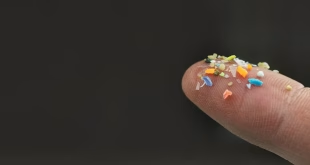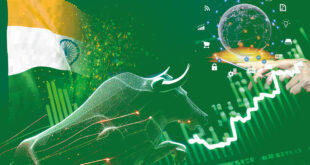- According to a report, the sales of Non-Fungible Tokens (NFTs) surged USD 25 billion in 2021 as the crypto asset exploded in popularity. However, some experts believe NFTs are a bubble that might pop.
- About: Anything that can be converted into a digital form can be an NFT.
- Everything from drawings, photos, videos, GIFs, music, in-game items, selfies, and even a tweet can be turned into an NFT, which can then be traded online using cryptocurrency.
- Working of NFT: If anyone converts its digital asset to an NFT, he/she will get proof of ownership, powered by Blockchain.
- There is a need for a cryptocurrency wallet and an NFT marketplace where one can buy and sell NFTs.
- Some of the NFT marketplaces are OpenSea.io, Rarible, Foundation.
- NFTs are different from other digital forms in that they are backed by Blockchain technology.
- NFTs can have only one owner at a time.
- Apart from exclusive ownership, NFT owners can also digitally sign their artwork and store specific information in their NFTs metadata.
- This will be only viewable to the individual who bought the NFT.
- History of NFT: Terra Nulius was the first NFT(started in 2015) on Ethereum Blockchain, although this project was merely an idea that only allowed to customise a short message which was then recorded on the blockchain.
- Then came Curio Cards, CryptoPunks and CryptoCats in 2017, before NFTS slowly moved into public awareness, then expanding into mainstream adoption in early 2021.
NFT different from a cryptocurrency
- Apart from NFTs and cryptocurrencies being built on Blockchain, both are different from each other.
- Cryptocurrency is a currency and is fungible, meaning that it is interchangeable.
- For instance, if one holds one crypto-token, say one Ethereum, the next Ethereum that the one holds will also be of the same value.
- However, NFTs are non-fungible, which means the value of one NFT is not equal to another.
- Nonfungible means NFTs aren’t mutually interchangeable.
- Every art is different from others, making it non-fungible, and unique.
SOURCE: THE HINDU,THE ECONOMIC TIMES,MINT
 Chinmaya IAS Academy – Current Affairs Chinmaya IAS Academy – Current Affairs
Chinmaya IAS Academy – Current Affairs Chinmaya IAS Academy – Current Affairs



